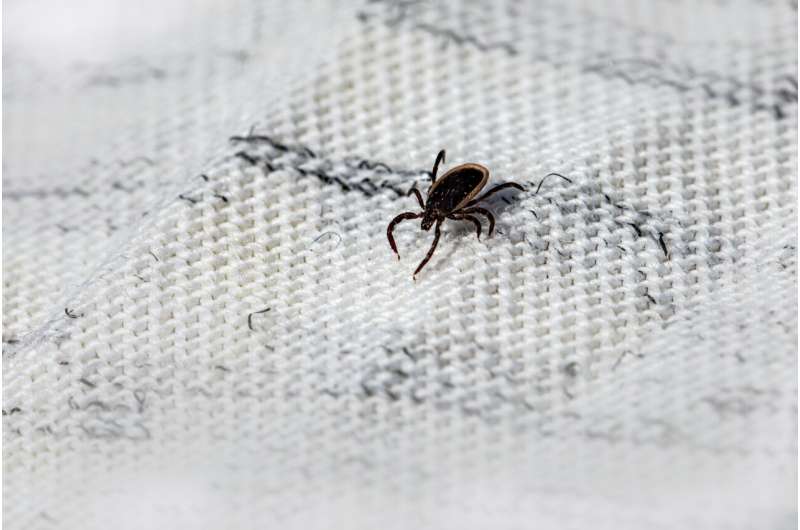Scientists conduct molecular analyses of ticks from southern China

Tick-borne pathogens have become emerging global health threats in humans and animals. The objective of a new study published in Zoonoses was to investigate Anaplasma, Ehrlichia, Babesia, and Borrelia in ticks in southern China.
Ticks were collected from animals and identified to the species level. Tick-borne Anaplasma, Ehrlichia, Babesia, and Borrelia were tested by PCR assays, and analyzed by sequencing and phylogenetics.
In all, 747 ticks were collected, including Rhipicephalus microplus (n=225) and R. sanguineus (n=522), from pet dogs in Guangdong Province of southern China. Using PCR and phylogenetic analysis the researchers showed that the ticks carried Anaplasma platys, Ehrlichia canis, Borrelia miyamotoi, Babesia vogeli, and an unclassified Ehrlichia species in Rhipicephalus ticks.
Of these pathogens, B. miyamotoi was first found in southern China. A. platys, E. canis, and B. miyamotoi were zoonotic pathogens that infected both R. microplus and R. sanguineus, whereas Ba. vogeli only infected R. sanguineus, with a prevalence of 0.3%–1.5%.
The results of this study show the diversity and complexity of tick-borne pathogens in the Guangdong Province of southern China, implying the importance of tick-borne pathogen surveillance and control.
More information: Li Zhang et al, Molecular Characterization of Anaplasma, Ehrlichia, Babesia, and Borrelia in Ticks from Guangdong Province of Southern China, Zoonoses (2023).
Provided by Compuscript Ltd












